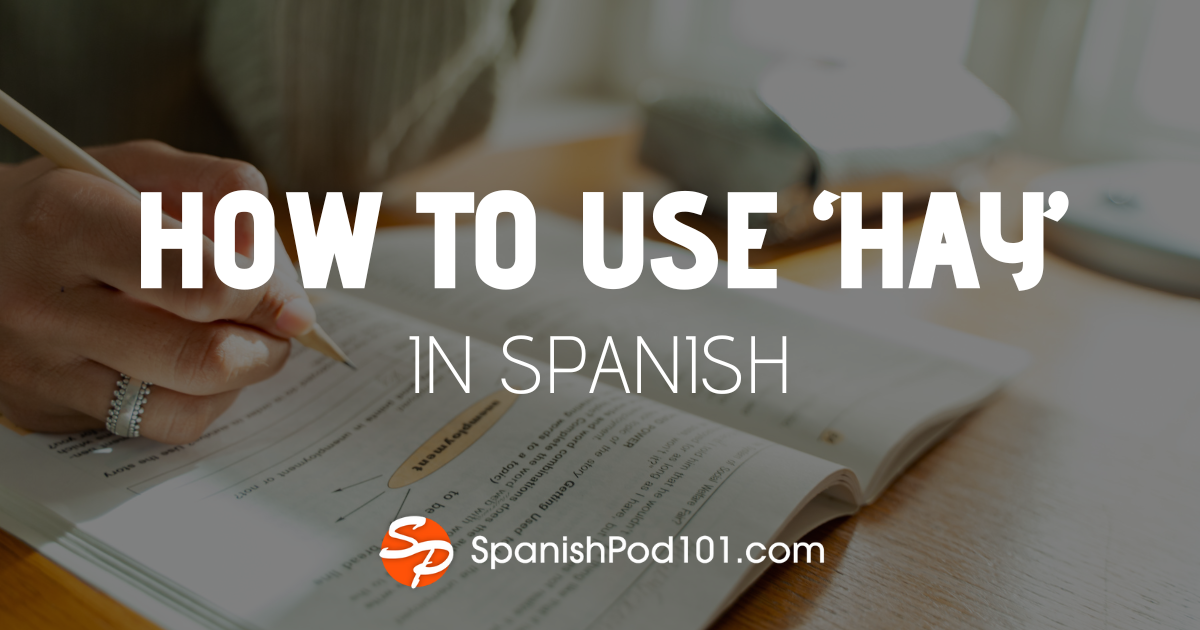For English speakers diving into Spanish, one of the many fascinating aspects can be exploring idioms. These phrases may be confusing if taken literally, but they show cultural and language variations in Spanish-speaking countries. That means they can be a useful part of your Spanish vocabulary, and help you sound more fluent. Let’s look at some of these idioms, focusing on Mexican Spanish.
Table of Contents- Let’s Dive In!
- More Common Spanish Idioms
- Learner’s Edge: The Impact of Spanish Idioms
- Embracing Idioms: The Joy of Mexican Spanish
1. Let’s Dive In!
Spanish idioms, or modismos, are phrases with meanings that aren’t obvious from their individual words. These expressions are essential in conversational Spanish, particularly in Mexico, where they can reflect Mexican culture and humor. If a native Spanish speaker uses idiomatic expressions, you’ll want to understand them and avoid getting confused.
For example, here are two idioms in Mexico:
- Estar en la luna, meaning “to be in the moon,” is a funny way to describe being distracted, and
- Dormir como un tronco, meaning “to sleep like a trunk,” is used to describe deep sleep.
These idioms can change across different Spanish-speaking countries, reflecting cultural diversity. Knowing these idioms is important for Spanish learners, especially for casual conversations and engaging more deeply with the language.

2. More Common Spanish Idioms
Let’s look at some examples of popular Mexican Spanish idioms. We’ve included both the literal translation as well as what it actually means:
- Aprobar de panzazo – Literally “to pass by a belly flop.” People use this when they barely pass an exam or narrowly escape a situation.
- Tener una bronca – “To have a fuss,” implying being in a mess or trouble. People often use this phrase in family or work situations in Mexico.
- Venir echando tiros – Literally “to come shooting,” used to compliment someone who looks particularly attractive.
A lot of idioms, in all languages, refer to different parts of the body. For example, “the apple of my eye” is an English idiom meaning “something or someone that I value above all else.” Mexican Spanish also features idioms related to body parts, such as:
- Costar un ojo de la cara – Literally “to cost an eye out of the head.” People use this phrase to refer to something very expensive. You will often hear it in Mexican markets.
- ¿Te echo una mano? – “Can I lend you a hand?” A common offer of help.
- Poner las manos en el fuego por alguien – “To put one’s hands in the fire for someone,” showing trust or loyalty.
- No tener pelos en la lengua – “Not to have hairs on the tongue,” meaning to be very frank.
- Lo tengo en la punta de la lengua – “It’s on the tip of my tongue,” used when you’re close to remembering something.
- Dar la cara – “To give the face,” meaning to take responsibility or confront a situation.

To expand further, let’s explore more idioms in Mexican Spanish that people frequently use:
- Estar hasta en la sopa – “To be even in the soup,” used for someone or something seen everywhere.
- Ser pan comido – “To be eaten bread,” akin to “a piece of cake,” for something easy.
- Andar con pies de plomo – “To walk with lead feet,” advising caution.
- Meter la pata – “To put the foot in,” used when someone makes a mistake or a faux pas.
- Ser uña y carne – “To be nail and flesh,” describing very close people.
- Echar la casa por la ventana – “To throw the house through the window,” used for spending lavishly on celebrations.
- Buscarle tres pies al gato – “To look for three feet on the cat,” to look for trouble, to incur in actions that will bring about consequences.
- Ser la niña del ojo de uno – “To be the girl of one’s eye,” for someone especially valued or favored.
- Ponerse las pilas – “To put in the batteries,” akin to “to buckle down” or get serious.
3. Learner’s Edge: The Impact of Spanish Idioms
It’s important that learners understand idioms in Spanish because they are frequently used in casual conversations. They add a layer of complexity to the language but also make it more expressive and vivid.
To understand these expressions, immerse yourself in Mexican Spanish media like movies, music, and literature. Practice using them in context, and don’t hesitate to ask native speakers for examples or explanations.
A. Global Concepts
Many Spanish idioms have equivalents in other languages, showing the universality of certain expressions. To compare English idioms to Spanish ones, we’ve gathered a few here:
- Una tormenta en un vaso de agua (Spanish) / A storm in a teacup (English)
- To get something unimportant out of proportion. To needlessly fuss about something, literally: “a storm in a glass of water.”
- Consultarlo con la almohada (Spanish) / Sleep on it (English)
- To consider something overnight before making a decision, literally: “to consult one’s pillow.”
- Estar entre la espada y la pared (Spanish) / Be between a rock and a hard place (English)
- Having to choose between two difficult options, literally: “to be between the sword and the wall.”
- Hablando del rey de Roma (Spanish) / Speak of the devil (English)
- When the person people are talking about suddenly arrives, literally: “Talking about the king of Rome.”
B. Regional Variations of Spanish Idioms
Idioms can vary significantly across Latin America and other Spanish-speaking countries, reflecting diverse cultures and histories:
- Tirar la casa por la ventana (Spain) / Echar la casa por la ventana (Mexico)
- These idioms mean to spend a lot of money on a celebration, but the verb changes from tirar in Spain to echar in Mexico.
- Ponerse las pilas (Spain and Mexico) / Ponerse las botas (Argentina)
- In Spain and Mexico, they say ponerse las pilas (“put in the battery”) to mean “get moving” or “get working.” Argentinians use ponerse las botas (“put on the boots”) to say that, instead.
4. Embracing Idioms: The Joy of Mexican Spanish
Idioms are a crucial part of all languages, and Mexican Spanish is certainly not an outlier. They enrich conversations, providing both humor and depth. By using these phrases, learners can better understand the language and culture, making their language learning more fun and real. For people seeking to speak Spanish, learning Spanish idioms is an important part of the journey.









